A wooden monkey totem that is everything
When I was initially offered this opportunity to write this piece I was perplexed and honoured. Honoured because of the chance to make a contribution to cultural writing. Perplexed because I did not consider myself the man for the job. I am a man who lives within my culture, but I am not a cultural expert. I am not a luminary in the culture wars online and I am not anywhere near as big as any of my contemporaries in terms of social media clout. I am certainly not a writer. I consider myself simply a scientist and technical expert. Then it hit me, maybe that is precisely why I may be the man for the job. That even a guy like me, as far removed from things as I am, could experience my culture and comment on it.
As I write this, on my table rests a carved wooden sculpture of a monkey, about the height of a coke can, staring at me at all times. Specifically, the monkey is Kgabo, or the vervet monkey. This simple totem is a symbol of so much complexity surrounding who I am. It is at this point that we need to expand into a fair amount of backstory for it to make sense.
Batswana, or the Tswana people, are roughly divided into eight or ten principle or “great” tribes. From these we derive several offshoot tribes. I use the term “roughly” because there is a significant amount of debate surrounding what constitutes a principle tribe and that’s a debate I wish to avoid. Basically, every Tswana family is a member of one of these tribes. These tribes include Bafokeng, Bakwena, Bahurutshe, Bangwato, Barolong, Bataung, Batlhaping, Bakgalagadi and Bakgatla. Each tribe has a totem animal. Its “spirit”. The totem is indicative of some characteristic the tribe wishes to evoke and can also have something to do with where they come from such as Bathlaping whose name translates roughly to the people of the fish. Their lands are traditionally found near major waterways, they partake in fish (almost ritually or sacredly), and they are considered by most Tswana tribes, to be the most war-like, at least by Tswana standards anyway. My family is part of the Bakgatla tribe. This totem evokes themes of intellect, adaptability, and long-term success. In the case of our totem, intentionally bringing harm to a vervet monkey is considered a horrific act. Serendipitously spotting one, especially in a sacred place of some sort, is considered an omen. We look at them, in some cases, almost as the physical manifestation of ancestral spirits observing us.
This is all well and good, but how does this relate to bringing meaning into my life? What does this have to do with community? I thought the best way to illustrate this would be through a few stories and sayings.
I’ll start with one of my personal favourites, a saying Motho ke motho ka batho babang. Meaning a person is a person because of other people. Or its plural variant batho ba batho, people are people because of other people. It is a saying I mentioned to my friend Ernst van Zyl early on in our friendship. It is not some feather in the wind New Age hat tip in the direction of “unity”. This is a saying that I would argue underpins much of the Tswana world view and thought process. It is also a declaration of our dedication to building and maintaining communities. On a purely functional level it is an allusion to the importance of teamwork when it comes to survival.
“Famine hides beneath the granary”. An acknowledgement of coming hardship or fragile bounty.
Another more obscure Tswana proverb alludes to survival as well and lends support to the first proverb. It is “Famine hides beneath the granary”. An acknowledgement of coming hardship or fragile bounty. Even our manner of bidding someone farewell Tsamaya sentle doesn’t actually translate, in the strictest sense of the phrase, to “goodbye”. A more accurate translation would be to say it means go well. With the implication being go well on your journey, in some cases a journey where we may never cross paths again. At this point you may be thinking that we are very dour people. However, I prefer to say we embrace a healthy dose of stoicism. In fact, when called upon we can be extremely joyful people. The Bakgatla clan has a traditional song which is both praise verse and anthem. When sung by the women of my clan it is always honey to the ears and lifts me to great heights.
What you need to understand is that as much as people shape a land, a land and experiences also shape the outlook of the people. Batswana, as with many other people who were brought up in inhospitable environments, developed a certain hardness in our thoughts. While there is a certain morbidity to it, one should view it more as a brave facing up to the reality that hardship exists as part of the package of life. On a higher philosophical level, the concept of motho ke motho is a statement that asserts that the verification of your existence is because of the community.
I mentioned our anthem earlier, this goes hand in hand with our garb. Some may be familiar with it. The traditional kgaka and shweshwe style dress worn at special events like weddings, is roughly analogous to the Scottish concept of tartan. Various clans favour various patterns. If you google “tswana traditional wedding clothes” you’ll be treated to a plethora of creative designs all in blue and white. Only ever in blue and white. Blue represents the sky and more importantly for dry Botswana, water. Water, and by its import life and prosperity. Rain is so important and Mpule (a name linked to coming with the rain) is one of the few names in Setswana which is pretty much solely female. The rain and the life it brings, is female. I digress however, the reason this style of dress is so important to me is because it provides me with an instant sign of belonging.
More importantly, in a bigger world, where our former villages have been replaced by one global village, the value of having some route to base trust and understanding on with a stranger, cannot be overstated.
If I met a stranger wearing this garb I am instantly put at ease and feel a sense of belonging due to the familiarity. If we’re both wearing the garb, we have an instant communication base and depending on our pattern, possibly instant deeper information on each other. Yes, somebody could wear the garb just because, but a culturally aware Motswana would likely spot an imposter by certain cues. More importantly, in a bigger world, where our former villages have been replaced by one global village (Anyone with a smartphone effectively has access to orders of magnitude, more people than we ever had until recently in human history and modern dating apps only exacerbate how disposable people and connections are.), the value of having some route to base trust and understanding on with a stranger, cannot be overstated.
Lastly I want to talk about a little known custom some of you may have seen when shopping and you change money with a Motswana or Mosotho or a couple other groups. You may have seen them accept money or give change in a particular gesture. The money changing hand will have the wrist up and be slightly cupped. The offhand wrist will be up clutching the wrist of the money hand. This takes some generalisation, but it has two customary reasons. First, a show of honesty. “I come to you unarmed and make this exchange in good faith” is the prevailing theme here. Second, and slightly more morbidly it is an acceptance of what you have for me. You can imagine in days gone by a Kgosi could place something of value in your palm, or slash your exposed wrists, depending on what you justly deserved. This custom is important to me because it reminds me to remain upright in my dealings. A solution to a problem we forgot we had, as many traditions are.
So, what do I see when I gaze at that wooden totem, gazing at me? I see an explanation as to how I got to where I am now. I see a brilliant illustration of who I am on a level deeper than a few generic variations in characteristics like name, age, income, and occupation. Those characteristics, though numerous in permutation, are not particularly unique, they manifest in cultures across the globe. I see codified solutions to problems I forgot I had, or problems I did not notice I had because I solved them proactively. I see a promise of a way to return home, no matter where I wander. My kgaka style shirt is a signal to all those around me of my background, and a ticket to belonging even when I am an ocean away from home. My totem is important because it is a symbol of a way for me to be a well-rounded person on multiple levels. My totem is a symbol of a way for me and people around me to live more harmonious and prosperous lives. This is important because our societies and countries are a function of the small communities we build on the ground. My peoples’ home of Botswana is proof of that. Thanks for reading. Tsamaya sentle.
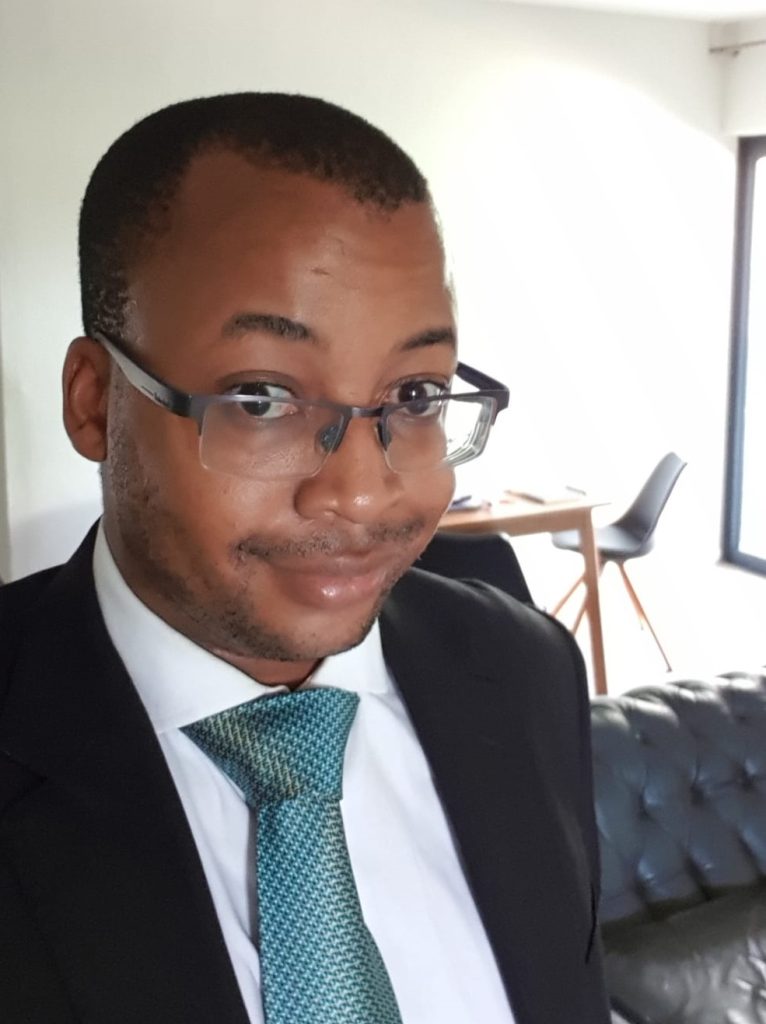
Odin Moja
Odin Moja is a computer scientist, Rothbard-Hoppean Libertarian, and co-founder of the No Script Show podcast.
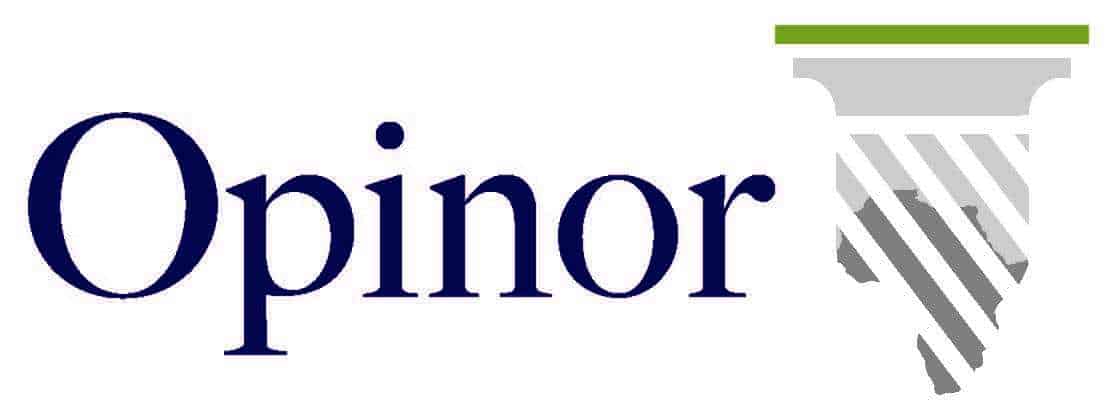
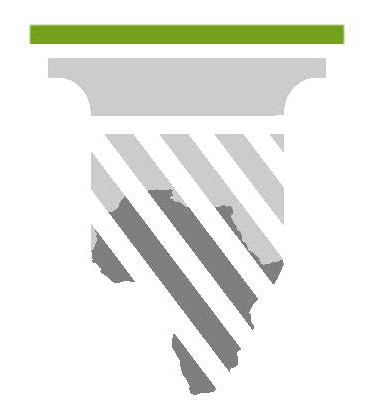
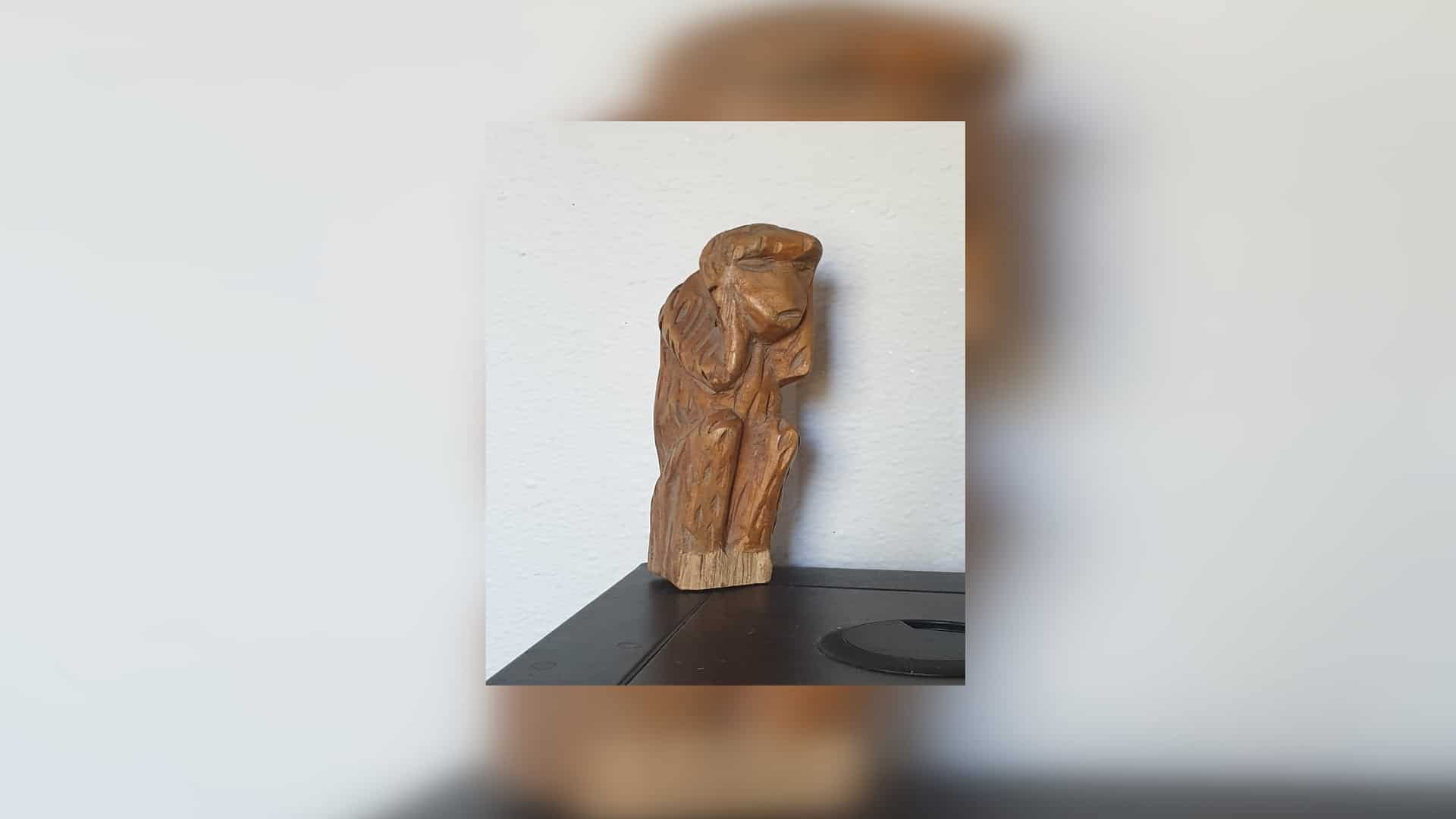
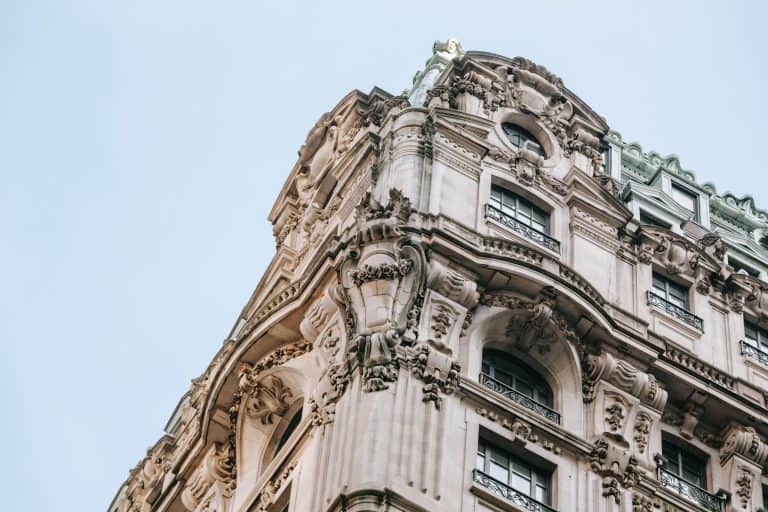
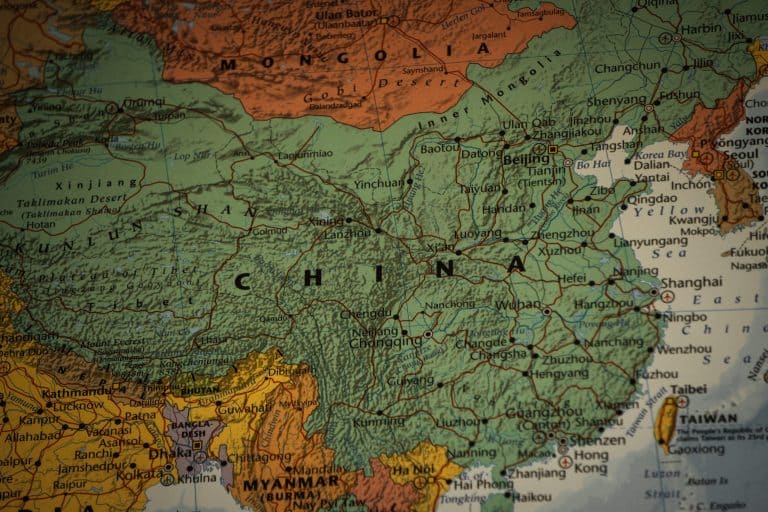
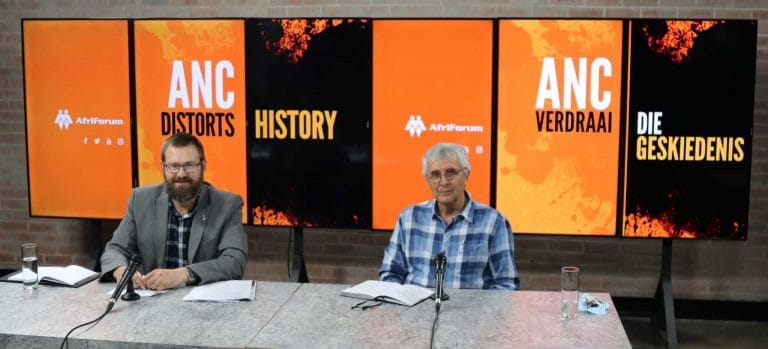
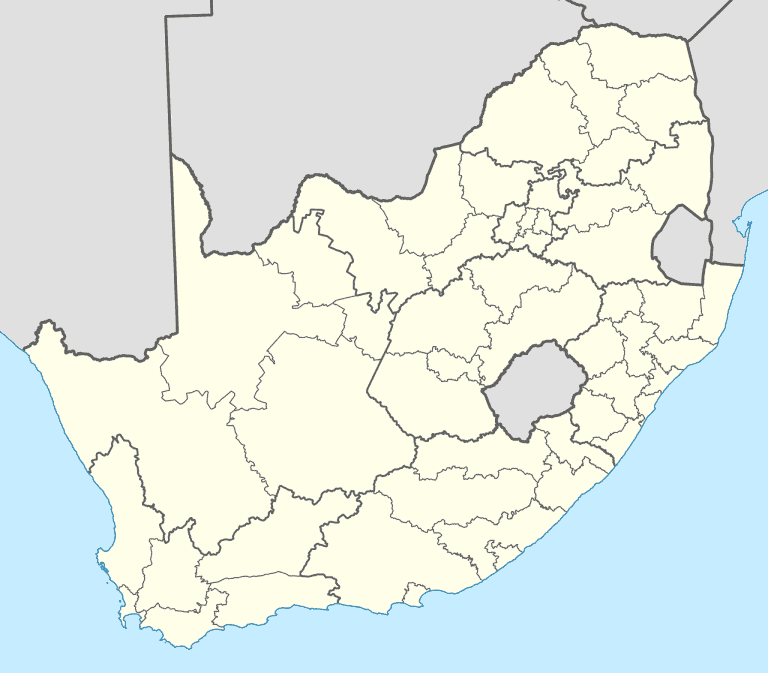
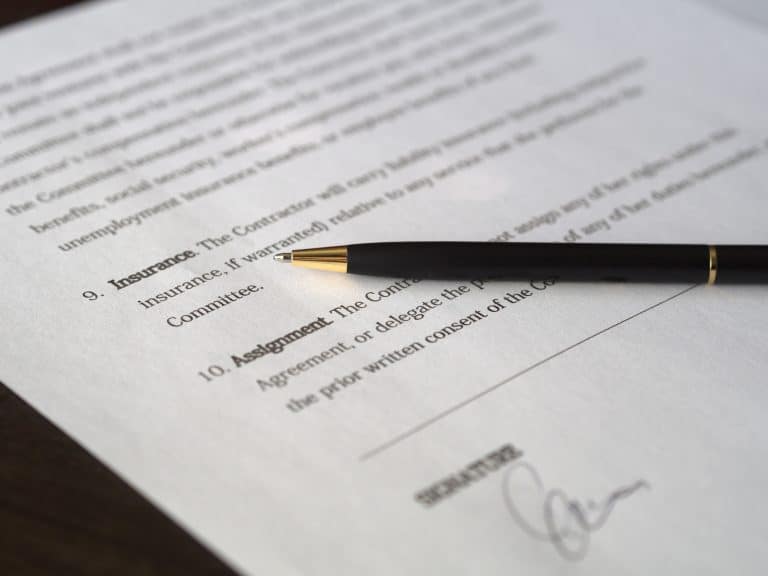
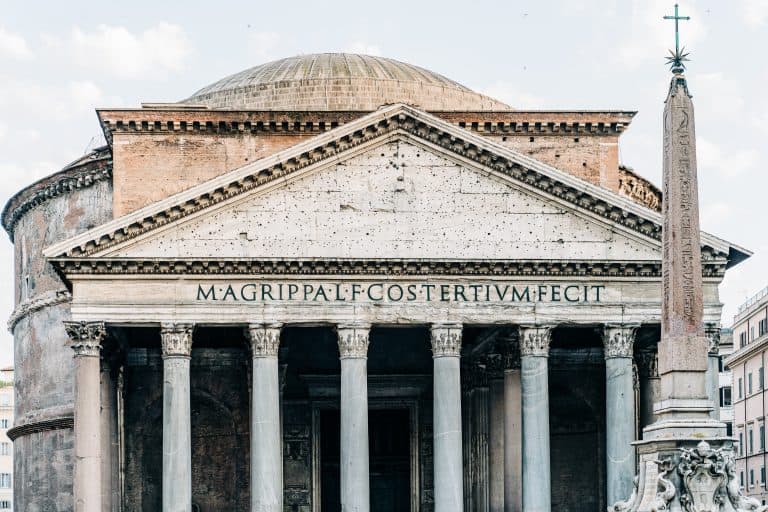
Nice, well written piece. What strikes me is how we have so many differing cultures and community, and at the end of it all there is so much more that we have in common than different. Thought provoking!
Great post! I learned something new and interesting, which I also happen to cover on my blog. It would be great to get some feedback from those who share the same interest about Article Marketing, here is my website QH6 Thank you!
Your posts stand out from other sites I’ve read stuff from. Keep doing what you’re doing! Here, take a look at mine 59N for content about about Cosmetics.